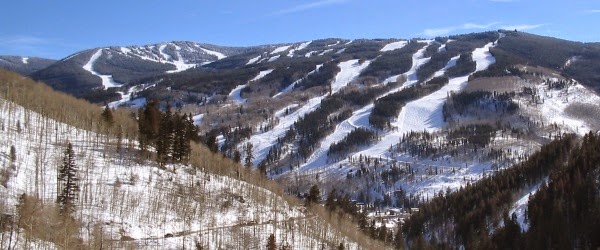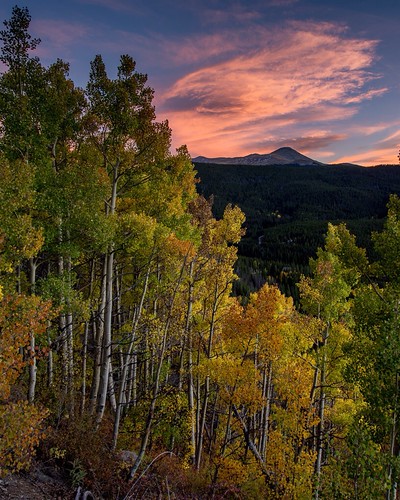To perpetuate the memory of the narrow gauges a generation that would gladly exchange the comforts of here and now for yesterday in Boreas Pass has taken steps that stand as a testament of devotion without parallel among other antiquarians no matter how dedicated. The Rocky Mountain Railroad Club tells their story in volumes that only a tolerably strong man may heft; there is a Narrow Gauge Museum and Motel at Alamosa toward which dedicated railroad buffs everywhere as Moslems [sic] toward Mecca; there is a periodical devoted solely to narrow gauge tidings which is the devotional reading of The Faithful, and there are narrow gauge books, pamphlets, post cards, excursions, engine models, book ends, beer mugs, paperweights and pictured likenesses of the cars beyond all counting. To have ridden the San Juan or the Silverton Train is a greater experience than to have seen Shelley plain. The Faithful sigh for the snowsheds of Lizard Head and by the waters of Gunnison they sat them down and wept.Even though it's a bit ostentatious and maybe pretentious in its prose, I can't help but see myself in this paragraph. I have indeed turned myself toward Golden (now where the said Museum and former-motel owner moved from Alamosa), bought countless mementos, ridden the Silverton Train and the surviving portion of the San Juan each many times over. I mourned the loss of the Rio Grande Southern while walking Lizard Head Pass and sat in the depths of the Gunnison and--I kid you not--wept bitter tears silently by its banks that the Denver & Rio Grande narrow gauge is no more.
Am I embarrassed to admit to those tears? No. Those who don't understand the loss and share in the grief have my pity. Furthermore, for all the faults, both real and perceived, the days of yesterday contained, they also had gems, real and perceived, that today's progressed people have never experienced. It is truly a loss that our forebears did not retain them.
Nonetheless, I cannot stand in judgment of those who failed to keep those lost treasures, for one by one, other, non-narrow gauge lines are similarly dying in front of our eyes with only a little interest shown in preserving them. I am thinking chiefly of the Tennessee Pass line from Pueblo all the way to Dotsero. It is more than 21 years after seeing its last through revenue train, and the line is suffering from profound neglect.
This may be just my own opinion, but it seems Union Pacific cares little for jobs or industry in Salida, Leadville or Minturn. With the closure of Burnham and other points and routes, it's easy to think that the suits sitting in UP headquarters wonder why all jobs can't be based in Omaha, Seattle and San Diego. It's highly doubtful we would fare better with CSX or NS, were they to merge with the UP.
I believe the citizens of Colorado and her government need to be able and willing to use their powers to preserve the thoroughfares built and maintained by generations before so that the means of moving people and goods through Colorado does not waste away. Even the Moffat Route is not impervious to the forces of consolidation and removal. Am I looking at a future in which Granby and Craig sit isolated like Gunnison and Dolores and the Moffat Tunnel lies in ruins like the Alpine Tunnel? I sincerely hope not.⚒
Beebe, L., & Clegg, C. (1970). Narrow gauge in the Rockies. Berkeley, Calif: Howell-North




